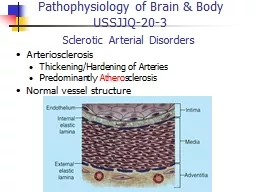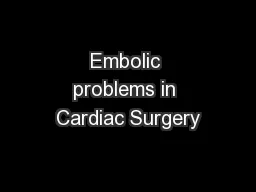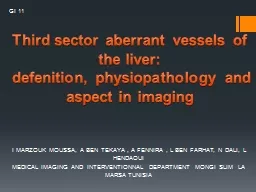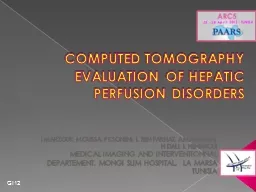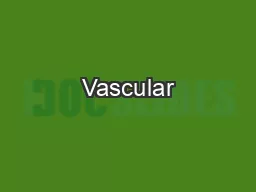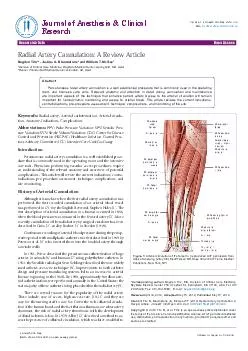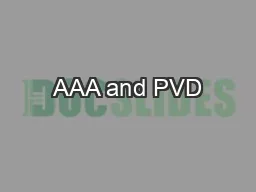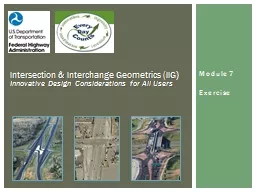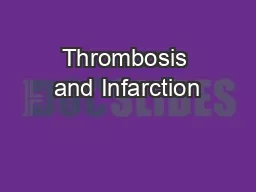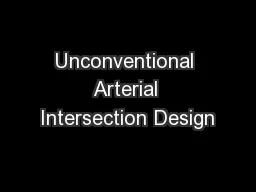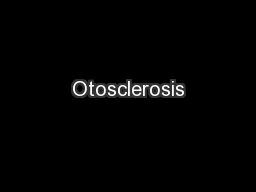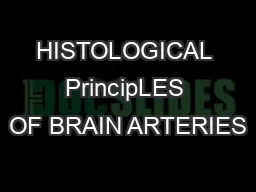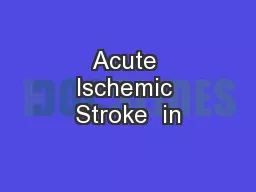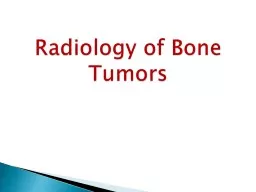PPT-Sclerotic Arterial Disorders
Author : celsa-spraggs | Published Date : 2020-04-04
Arterio sclerosis ThickeningHardening of Arteries Predominantly Athero sclerosis Normal vessel structure Pathophysiology of Brain amp Body USSJJQ203 Normal Structure
Presentation Embed Code
Download Presentation
Download Presentation The PPT/PDF document " Sclerotic Arterial Disorders" is the property of its rightful owner. Permission is granted to download and print the materials on this website for personal, non-commercial use only, and to display it on your personal computer provided you do not modify the materials and that you retain all copyright notices contained in the materials. By downloading content from our website, you accept the terms of this agreement.
Sclerotic Arterial Disorders: Transcript
Arterio sclerosis ThickeningHardening of Arteries Predominantly Athero sclerosis Normal vessel structure Pathophysiology of Brain amp Body USSJJQ203 Normal Structure Normal Structure. Also its possible for otherwise healthy people to develop severe illness so any one concerned about their illness should consult their doctor There are emergency warning signs that should signal anyone to seek medical care urgently Emergency Warning - CPB view point. 인제대 일산 백병원 . 장우익. Embolic problems during cardiopulmonary bypass. Systemic embolism affecting the brain. Both from CPB and underlying cardiovascular disease of the patients. . sector. aberrant . vessels. of the . liver. :. . defenition. , . physiopathology. and aspect in . imaging. I MARZOUK MOUSSA, A BEN TEKAYA , A FENNIRA , L BEN FARHAT, N DALI, L HENDAOUI. MEDICAL IMAGING AND INTERVENTIONNAL DEPARTMENT MONGI SLIM LA MARSA TUNISIA. OF HEPATIC PERFUSION DISORDERS . I MARZOUK MOUSSA, F KSONTINI, L BEN FARHAT, A MANAMANI, N DALI, L HENDAOUI. MEDICAL IMAGING AND INTERVENTIONNAL DEPARTEMENT, MONGI SLIM HOSPITAL, LA MARSA TUNISIA. GI12. MCC NURSING. DIANA BLUM MSN. C reactive protein is a marker for cardiac inflammation. Increases mean: risk of damage. Homocysteine: protein that promotes coagulation by increasing factor 5 and factor 11 while depressing activation of protein C and increasing thrombus formation risk. Keywords:Radial artery, Arterial catheterization, Arterial circulaAbbreviations: PPV: Pulse Pressure Variation; SPV: Systolic Pressure Variation; SVV: Stroke Volume Variation; CDC: Center for Disease Emily . Pallister. and . Sanjena. . Mithra. The plan…. Cases. Basic facts you probably already know!. Finals style tasks. Objectives. To demonstrate common clinical presentations of PVD and AAA. To revisit incidence, pathogenesis and management of PVD (Arterial and Venous, Ulcers) and AAA. Exercise. Intersection & Interchange Geometrics (IIG). Innovative Design Considerations for All Users. Application exercise. In teams, participants will discuss potential applications of alternative designs at the following three intersections:. 2a Teaching. Rebecca Blanshard and Will White. What’s being covered?. What is thrombosis and why does it occur. How atherosclerosis predisposes arterial thrombosis. Difference between arterial and venous thrombosis. University of Maryland Advanced Transportation Day. Aug. 28th 2014. Traffic Safety and . Operations Lab. University of Maryland, College Park. Maryland. State Highway Administration. Unconventional . Otosclerosis. . Otosclerosis. is an . autosomal. dominant disease, in which the fixation of footplate of the stapes in the oval window will occur due to development of spongy bone from the bony labyrinth, causing immobilization of the footplate of the stapes, which reduces the transmission of vibration to the inner ear. Intima thickening of penetrating arteries occurred in 17%. Microatheromas were exceedingly rare (< 2 %). Specimens from the BARS. BAR and Neurological diseases. SMALL VESSEL DISEASE. Specimens from the BARS. Children. A Brief . Overview . Tammy . Hennika. , M.D.. Childhood stroke activations. What neuroimaging?. What labs?. What is the treatment? . Can we give . tPA. ?. If not a stroke, what could it be? . . (1) Location of the lesion . (2) Extent of the lesion . (3) What is the lesion doing to the bone? . (4) What is the bone doing to the lesion? . (5) Hint as to its tissue type / matrix.
Download Document
Here is the link to download the presentation.
" Sclerotic Arterial Disorders"The content belongs to its owner. You may download and print it for personal use, without modification, and keep all copyright notices. By downloading, you agree to these terms.
Related Documents

